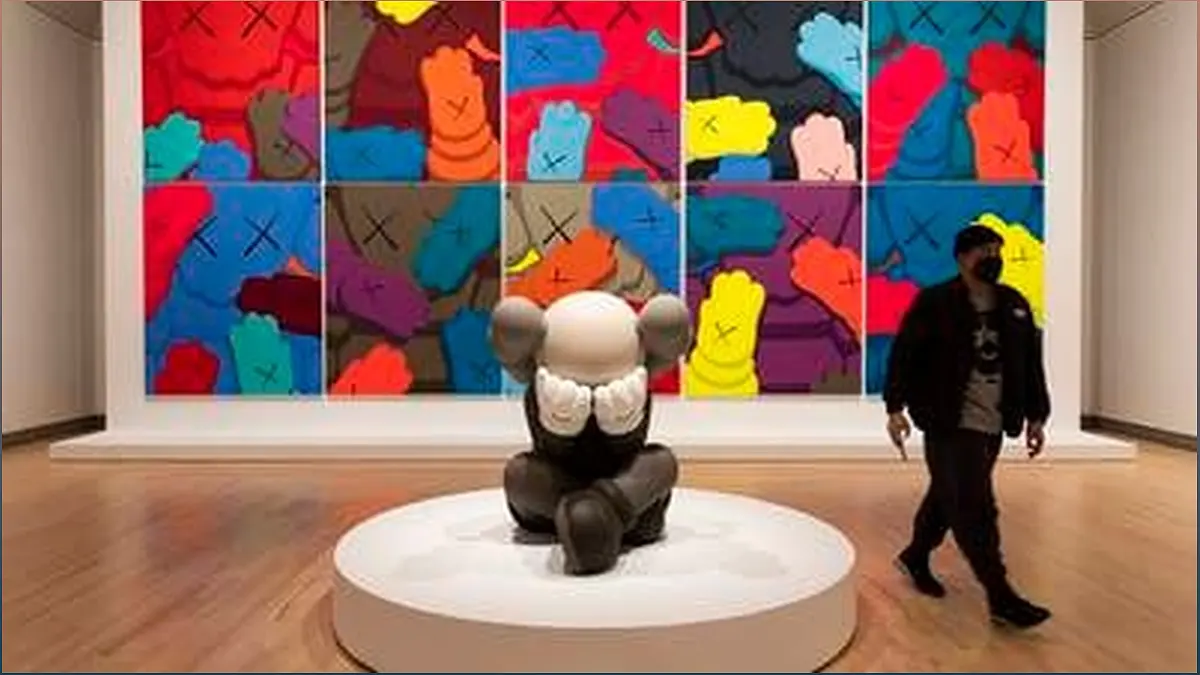Whichever way you dice it, former mayor of New York felt like he had things all sewn up. With a reputation as a ruthless political operator, his no-nonsense style in the US attorney’s office had previously helped him bring heat to the Mafia’s exploits in America. Then, installed at last as mayor of his beloved New York City in the 1990s, he had hatched a plan to fix its soaring crime rates and lack of cash. The big idea? A controversial “civic clean-up” programme that had NYC’s graffiti artists firmly in its sights. But little did he know that this so-called 'crime wave' would eventually give rise to a global movement of artistic expression and urban revitalization.
The Origins of Street Art
Explore the historical roots of street art and its evolution as a form of communication.
Writing on walls is nothing new. In the Roman Empire, it was considered a form of communication rather than vandalism. Millennia later, French soldiers would carve their names into monuments during the Napoleonic wars. In the Middle East in the eighth century, poets such as Sayyid Al-Himyari would write political pieces on the region’s walls.
Contemporary graffiti found life in 1960s US, with Philadelphia serving as an early hub. It started as a way for gangs to mark territory until Darryl McCray, known as Cornbread, declared his love for Cynthia Custuss by writing “Cornbread Loves Cynthia” all over North Philadelphia. This marked the beginning of a movement that would later be recognized as the world’s original graffiti art.
As the 1970s rolled in, graffiti started to appear consistently across New York City. Artists like Dondi, Taki 183, and Tracy 168 gained notoriety, especially with their works on the city's subway trains. The art of 'bombing,' or quickly tagging public spaces, became a defining characteristic of graffiti culture.
Giuliani's 'Broken Windows' and the Changing Perception of Graffiti
Learn about the controversial 'Broken Windows' policy and how it influenced the perception of graffiti as a form of art.
In the mid-1990s, former New York City mayor, Giuliani, implemented the 'Broken Windows' policy, which aimed to crack down on minor crimes and vandalism. Graffiti was a primary target, as it was believed that eliminating it would contribute to a safer and more attractive city.
However, even as graffiti was condemned as vandalism, it started to gain recognition in artistic circles. The United Graffiti Artists organized the first 'real' graffiti exhibition in 1973, receiving a warm critical response. Artists like Basquiat and Keith Haring also played a significant role in graffiti's cultural crossover, blending street art with the art world.
While Giuliani's policy sought to eradicate graffiti, it inadvertently contributed to its evolution. The controversial campaign sparked discussions about the role of street art in urban environments and its potential as a form of artistic expression.
From Vandalism to Urban Regeneration
Discover how street art has transformed from a perceived crime wave to a catalyst for urban regeneration.
Today, street art has become a key driver in urban regeneration for cities worldwide. Areas featuring street art are seen as creative hubs, attracting tourists and fostering cultural development. Studies have even shown that neighborhoods with a higher proportion of street art experience greater gains in property prices.
While the relationship between street art and gentrification is complex, it cannot be denied that street art has brought positive changes to many communities. Places like Williamsburg in Brooklyn and Shoreditch in London have benefited from the vibrant and artistic atmosphere created by street art.
Moreover, street art continues to serve as a platform for social commentary. Artists use their work to address important issues, such as the COVID-19 pandemic or conflicts between nations. Graffiti, once seen as a crime, now has the power to provoke thought and spark conversations.

